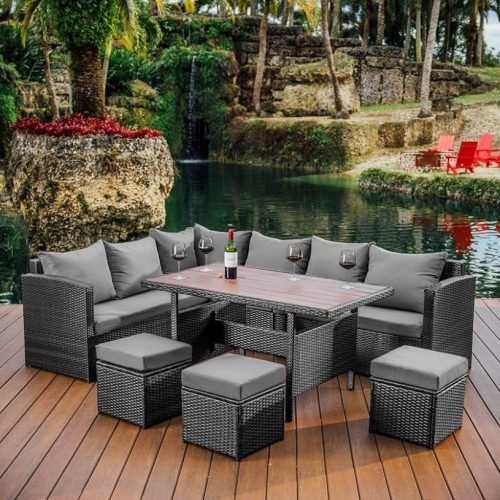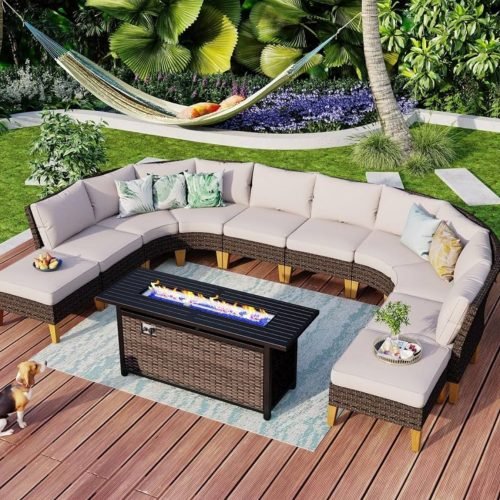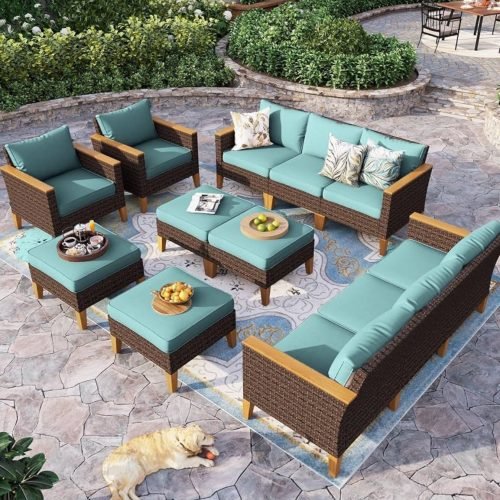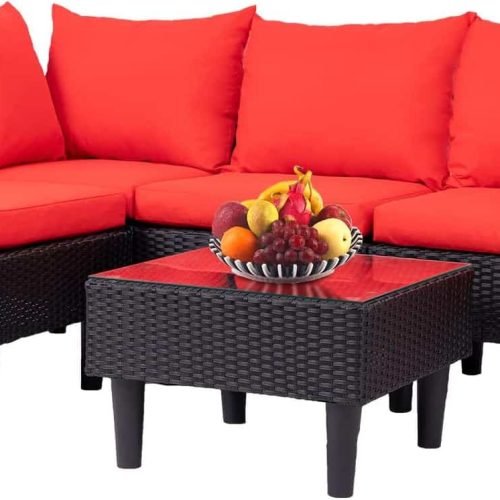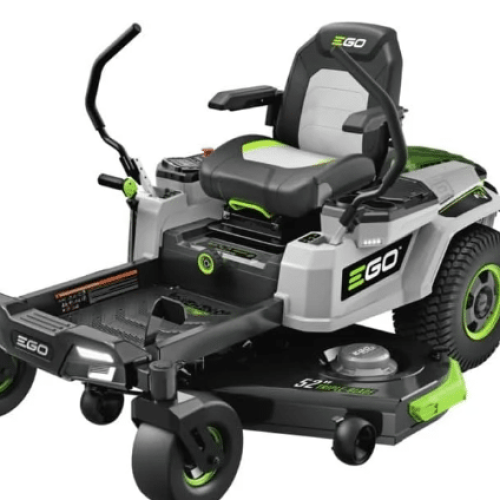Beginner’s Guide to Raised Bed Gardening for Newbies
Hey guys JV Charles again. As an avid gardener, I find peace in looking after my plants. It’s calming to see life grow. But, starting a garden can be scary. Raised bed gardening makes it simple for newbies. It’s a gardening for beginners method that offers big rewards with less effort.
This guide will teach you how to enjoy raised bed gardening. You’ll learn about companion planting, pest control, and soil preparation. It’s perfect for those new to vegetable gardening. We’ll enjoy growing our own fruit and veg right at home.
It’s great to have you with me on this learning journey. We’ll be learning from “Garden Josiah” (@GardenJosiah on YouTube). He knows a lot about raised bed gardens. With his tips and my stories, your garden beds will turn into a beautiful space.1
What is a Raised Bed Garden?
A raised bed garden is a high up spot for planting. It lets you grow many kinds of plants. This spot is like a box with no bottom. This way, plants can get food from below.
Definition and History of Raised Bed Gardening
In the 1970s, I was just a lil guy but folks started to garden in small spaces behind their homes.2 They found they could grow more veggies this way. You make a special place for planting. It’s usually covered up, made of wood, metal, or old stuff like containers.
Advantages of Raised Bed Gardens
Raised beds help gardeners a lot, whether you’ve just started or are an old hand. They drain water well because the soil is full of good stuff. This means fewer weeds and less work pulling them out.2 Also, they get warm faster in spring. So, you can grow things longer into the year. These are great for plants like lettuce, spinach, and peas.2
They are also super for city gardens where the soil might not be great.2 They make gardening easier for everyone. They look neat and keep your plants safe from being stepped on. Even though they seem like they are always there, they can be taken down and used again.2
| Advantages | Disadvantages |
|---|---|
|
|
Raised beds have lots of good sides. But, they might cost more at the beginning.2 You’ll need to water more often because the soil can get dry. Setting up watering systems can be harder, too.2
Planning Your Raised Bed Garden
Planning for a raised bed garden is key. For new gardeners, mapping out your garden beds is crucial.
Choosing the Right Location
Look for a flat, sunny area with good drainage for your raised bed gardens. It’s important to have at least six hours of direct sunlight every day for vegetable gardening.
Selecting Materials for Your Raised Beds
Pick long-lasting, safe stuff for your raised bed. Cedar or pine work well. You can use old containers or metal frames. Just avoid treated wood to keep your plants healthy.
Determining the Size and Layout
Decide on the size and shape of your raised beds based on what you’ll plant and your area.3 Tomatoes and corn need deeper beds than lettuce or radishes. Make sure to also think about walkways between beds, which should be at least 24 inches.3
Group plants that work well together in your plan.3 This helps with pest control, growth, and increases your garden’s success.
@GardenJosiah on YouTube and GardenJosiah.com have been great for people just starting to learn about raised bed gardening and planting techniques.
Building Your Raised Bed Garden
Crafting a raised bed garden is an exciting endeavor for any aspiring gardener. As an enthusiast myself, I’ve learned that proper preparation and construction are crucial for a successful harvest. Let’s dive into the process of building your very own raised bed.
Building Your Raised Bed Frame
The first step is constructing a sturdy frame to hold your soil and plants. I prefer using untreated, weather-resistant wood like cedar or pine, as it’s both durable and safe for gardening for beginners.
Most raised beds are enclosed with lumber, cinder blocks, bricks, or other materials to keep the soil in place.
You can also get creative and repurpose materials like tin roofing or stock tanks.2Measure and cut your boards to the desired size, and secure the corners with screws or brackets. Leveling the frame is essential to ensure even soil distribution and drainage. If needed, add a weed barrier like cardboard or landscape fabric to prevent unwanted growth from underneath.
Preparing the Soil for Planting
Once your frame is set, it’s time to focus on the soil. The key to a thriving raised bed garden lies in a rich, nutrient-dense planter’s mix.
Plant roots grow easily and quickly in high-quality planter’s mix which contains various organic materials.
2I recommend mixing equal parts high-quality topsoil and compost
, along with amendments like peat moss or sand for better drainage and aeration.
Avoid compacting the soil too tightly, as this can hinder root growth and air circulation. Gently incorporate the ingredients, creating a loose, well-aerated mixture that will nourish your plants throughout their growth cycle.
With your raised bed frame constructed and soil prepared, you’re one step closer to enjoying a bountiful harvest. Stay tuned for the next section, where I’ll share tips on choosing the perfect plants, spacing, companion planting, and maintaining your raised bed garden.
Planting and Maintaining Your Raised Bed
After making your raised bed and putting in good soil, it’s time to plant and care for your vegetable garden. I’ll give you important tips on planting, watering, feeding, and keeping away pests. This will help your raised bed garden do well.
Choosing Plants for Your Raised Bed
Choose plants that do well in raised beds. Pick compact, bush-type ones. They fit well and grow together nicely. Don’t pick plants that spread a lot. They might not have enough space. Most vegetables and herbs need lots of sunlight. They should get 6-8 hours of sun each day to grow best.4
Spacing and Companion Planting
Leaving enough space around your plants is key. Check the seed packets or plant labels for when to plant things apart. Companion planting is putting certain plants together to help each other. Like, planting marigolds with tomatoes can keep away some bugs. Basil next to tomatoes makes the tomatoes taste better.
Watering and Fertilizing
Raised beds dry out fast, so you need to water them often.4 Water deeply in the dry times to make the roots grow down. Add organic fertilizers or compost sometimes. This helps give plants the food they need to grow strong all season.
Pest and Weed Control
Keeping pests away is crucial for your garden’s health. Companion planting also helps with bugs. Covering plants with special cloth can give them more warmth and keep bugs off.3 To stop weeds, cover the ground around plants with a lot of mulch. This keeps the soil moist and stops weeds from growing.
Tips and Tricks for Beginner Gardeners
Starting out, making mistakes is part of learning. One big mistake is using treated wood. It can leak bad chemicals to the soil and harm your plants. Instead, choose untreated wood that doesn’t rot, like cedar or redwood. Also, don’t put your garden where it gets little sun. Plants need sunlight to grow well.23
Common Mistakes to Avoid
It’s important to use good soil in your garden. A mix of topsoil and compost is best. This helps your plants grow strong.2 Don’t press the soil too hard. It can stop roots from growing and water from going in.2 And, don’t plant too close. Pick plants that won’t get too big for your garden.3
Season Extension Techniques
You can make your growing season longer with some tricks. Use row covers, cold frames, or poly tunnels. These make the soil warmer and protect plants from the cold. So, you can plant sooner and have your crops later.23 Do crop rotation and succession planting. These help you use your garden all year. With planning and care, you can get a lot from your garden. Even if you’re just starting. For more help, check out GardenJosiah.com or @GardenJosiah on YouTube.
FAQ
What is a raised bed garden?
A raised bed garden is a plant area that sits off the ground. It can be a few inches or feet high. It’s like a big container with no bottom. This means plants can reach nutrients in the soil below.
What are the advantages of raised bed gardens?
Raised beds cut down on weeds and don’t need tilling. They make soil care easier and let you get to plants without bending much. You can plant earlier and later in the year. They also help keep pests away and can be placed anywhere. Plus, they are easier to look after than gardens in the ground.
How do I choose the right location for my raised bed garden?
Look for a spot that’s not bumpy and gets a lot of sun. It should also drain water well. Think about how much space you have. Leave areas to walk between the beds.
What materials should I use for building raised beds?
It’s best to use wood that hasn’t been treated, or metal. You can also use old things like tin roofs or big metal tubs. These are safe and last a long time.
How do I determine the size and layout of my raised beds?
Think about what plants you want. Also, see how much space you have. Remember, you’ll need to reach all over the bed. Mix plants that help each other, too.
How do I prepare the soil for my raised bed garden?
Mix good topsoil and compost together. Add things like peat moss for aeration. Don’t pack the soil down too hard.
What plants are suitable for raised bed gardening?
Choose plants that work well in raised beds. Avoid plants that spread a lot. Make sure to give each plant enough space.
How do I water and fertilize my raised bed garden?
Keep the soil moist, but not too wet. Sometimes, add organic fertilizer or compost to give plants food.
How do I control pests and weeds in my raised bed garden?
Stop pests and weeds by using row covers and planting certain plants together. Use natural pest controls when needed.
What are some common mistakes to avoid as a beginner?
Don’t use treated wood or put the bed in shade. Make sure the soil is good quality and not too packed. Also, don’t choose plants that get too big.


